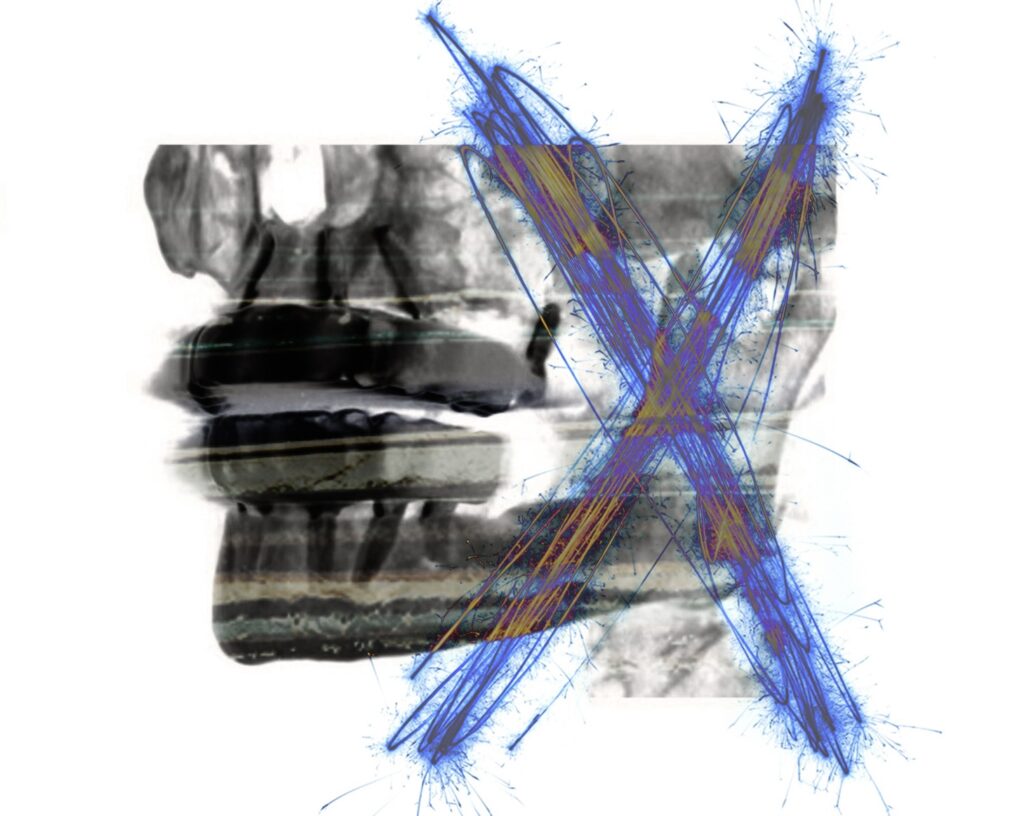One of my biggest pet peeves as an AOX surgeon is when someone tells me,
Oh so and so is such a great surgeon. They never turn anyone away. They treat every patient.
It is true that a more experienced full-arch surgeon should and will treat more patients than a surgeon with less experience.
It is also true that an experienced AOX surgeon should treat most patients that walk in the door.
As a full-time full-arch surgeon, my personal goal is to treat nearly every patient that walks in the door.
However – nearly is an important word.
In my experience, despite our desire to help every patient (or our desire to pad our ego) – not every patient is a great candidate for an immediately loaded full-arch prosthetic.
This is why I am convinced, that in reality – the most experienced full-arch surgeons do not actually treat every patient. They have learned (usually the hard way) that there are simply a small subset of patients that are not good full-arch candidates.
The ability to treat almost every patient that walks in the door and yet gracefully discern those few patients not well-suited for this procedure – This… this is the mark of a great AOX surgeon.
While it is not common that I “turn down” cases, I am not afraid to walk away from a surgical patient that I do not feel is a good candidate for full-arch surgery.
I have learned that not saying no will lead to one of the following scenarios:
- An unhappy patient.
- A donation of my time and work as the procedure ends up not being profitable based on secondary or tertiary surgeries required.
- A significant complication that requires not only increased chairside time – but more importantly lots of unwanted stress.
I have been in all of the above situations. They are frustrating to say the least.
In an effort to help you avoid these scenarios, I have created a list below of 4 categories of patients with whom I will typically not move forward with full-arch surgery.
When I Say No…
1. A patient who is medically unfit for full-arch surgery and/or outpatient general anesthesia.
This category is highly subjective. Its contents could also fill an entire textbook. I am not going to dive into exquisite detail in this post about full-arch medical work-ups.
However, I am going to say that (if done correctly) this procedure is often not a “minor” outpatient surgery. There is normally extensive maxillary and mandibular bone reduction, at times fairly significant blood loss, and typically 1 hour per jaw (or more) of true general anesthesia.
Given the amount of surgery completed and the anesthesia provided, I do review each patient’s medical history in detail. This typically includes (but is not limited to) obtaining primary care and cardiology records, an A1C for diabetic patients, drug holidays as necessary depending on medications, etc.
Both myself and the nurse anesthetist that I work with put forth a great deal of effort in ensuring an accurate and appropriate work-up. Following this work-up, and subsequent patient optimization, occasionally there is a patient that is simply not a good candidate for either surgery or for anesthesia. I have found that trusting this instinct is always more beneficial in the long run – as opposed to “pushing through” anyway.
I can already hear the “clicks” on your iPhone keyboard, typing away a request for a list of patients I won’t treat with full-arch surgery… For the sake of time, I will give you 3 examples (more medical discussions to come in future articles):
- Patients who have received IV bisphosphonates.
- Patients who have received head and neck radiation.
- Poorly controlled diabetics with an A1C>8.
2. A patient who presents with unrealistic prosthetic expectations.
With enough arches, you will come across at least one patient who has a fairly straightforward surgical arch, but incredibly demanding and quite frankly unrealistic prosthetic expectations.
Your temptation will be to cut the “simple” arch and let the patient adjust to the prosthetic.
I would advise against this…
If you are not confident that you can meet the patient’s prosthetic demands – do not cut the arch.
This sounds like such a blatant common sense piece of advice.
But I promise you, that at some point in your full-arch career you will be in this position, during a slow month, with nothing on the schedule…
Just remember this article, and how crazy you thought it was that you would ever consider cutting an arch like that…
3. A patient who requests a truly “elective” arch (usually for purely cosmetic reasons).
I have touched on this patient category in a previous article titled The Most Difficult AOX Patient to Please.
You can gather by the title how I really feel about elective cases…
Simply put – “elective” patients with a near complete dentition can be extremely difficult to please with full-arch surgery. This is a category I will consistently turn away from surgery.
4. A complex case, unwilling to have anything less than an ideal outcome.
Fortunately, most severely atrophic and “complex” full-arch patients are fairly understanding. This is normally because they have been turned down by every other doctor and the fact that you are willing to even try is a beacon of hope for them.
That being said, I have had a couple of patients over the past 5 years that were extremely difficult surgical cases AND they had extremely strong desires to have an ideal outcome – and nothing else.
I won’t say that their expectations were “unrealistic”. They were just very open about the fact that they wanted everything to go perfect and that they would not accept anything less.
While I could actually do the surgeries for these patients, this was a red flag for me and I declined performing the surgeries.
Things happen. No surgeon is perfect. Surgeries can be fixed and adjusted. But, a difficult case with a patient who is not willing to trust me to manage both the foreseen AND unforeseen scenarios that arise – as best I can – is not a patient I am comfortable operating on.
While this article may imply a full-arch doomsday tone… that is not its intent.
Keep in mind that I do try to treat most all of the patients that walk in the door. I also feel that our goal should be to treat nearly every patient that walks in the door. We should all want to help as many patients as possible.
However, the point of this article is that I also attempt to use a sense of wisdom and humility in knowing that not every single person is a great candidate for this surgery – and it’s ok to say no sometimes.
Here’s to treating our patients, and not our egos.
Matthew Krieger DMD


Great post as per usual Matt.
Thanks!
Excellent post, definitely good piece of advice
Thanks Dr. Q!
Pingback: 5 Reasons Practitioners Get Frustrated with Full-Arch Surgery - AOX Surgery
Pingback: Twenty AOX Pearls, Thoughts, & Reflections - AOX Surgery